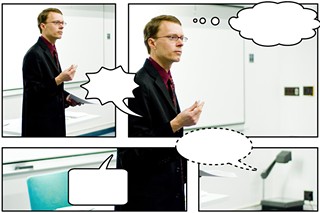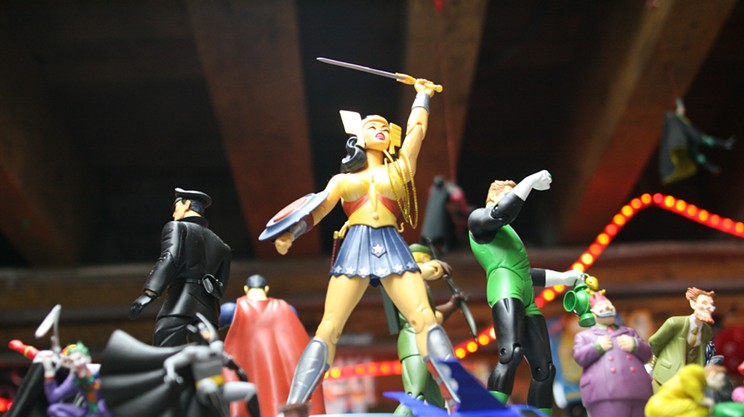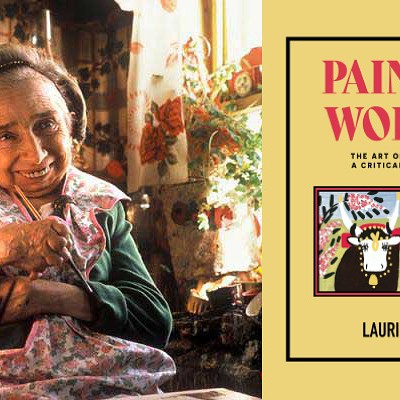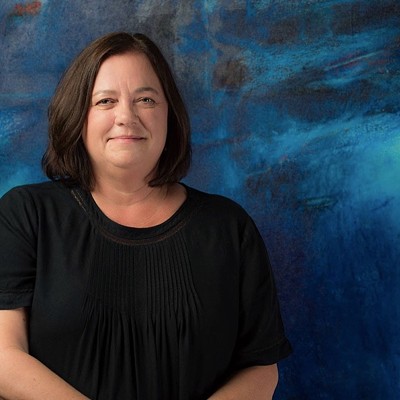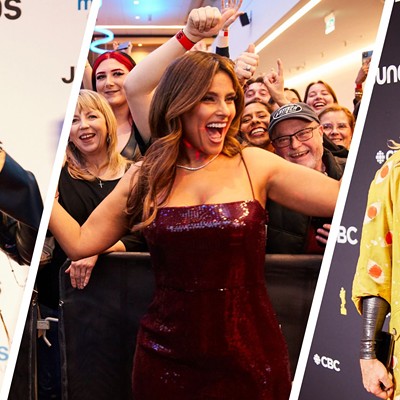Captain America as war propaganda. Class divisions between Archie and Veronica. The secret gay life of Batman and Robin.
This is a taste of the topics that are part of a new English course called Cartoons and Comics, in its third week at Dalhousie University. Some readings are taken right from the pages of Marvel, DC and other popular comic books.
The instructor, Anthony Enns, disagrees when people say comics are for kids. He says that comic books are another way to examine popular culture, history and the world around us.
"The study of comic books is the study of mass culture," he says. "If you just focus on the high-brow art comics...you're ignoring most of the work that comics actually do."
Comics can do a lot. During the Second World War, issues of Captain America were distributed to American GIs to boost morale.
Propaganda is most effective when it's clear, Enns says. The cover of the first issue of Captain America shows the superhero socking Hitler in the face as a bullet from an SS officer ricochets off the red, white and blue stripes of his shield. No hidden messages there.
Bruce MacKinnon draws political cartoons for the Chronicle-Herald. As someone whose cartoons are published in a daily paper, he recognizes the impact an image can have on a large audience.
"If a cartoon can say it simply, you're going to reach more people," he says. "They can clarify things or cut to the chase in a sea of words."
A simple and clear cartoon can deliver its message to more people, more quickly than print. MacKinnon thinks this is a good reason for cartoons to be given more attention in the academic world.
Calum Johnston, the owner of comic-book shop Strange Adventures, lives in a world of cartoons. He says more schools shouldinclude comics alongside graphic novels---the longer illustrated tomes are already being taught. Comics are making a comeback and Johnston is selling more than ever before. With more comic readers out there, he sees a need for Enns' course.
Cartoons and Comics is Canada's first course of its kind. Johnston says comics took a long time to make their way into university curricula because of Fredric Wertham.
In the 1940s, the German-American psychiatrist popularized a theory that reading comics was linked to juvenile delinquency. Wertham's theory has long been disproved, but Johnston says traces of it still appear in many people's attitudes towards comics.
Johnston says comics can teach---"it's been proven." He agrees with MacKinnon that they are harder to ignore than text, making them clear, easy to understand and very influential. He says this is why aircraft safety instructions, for instance, are explained in pictures rather than words.
Ashley Laffin is a fourth-year English student at Dalhousie. She is one of 60 students enrolled in the class. She didn't make the association between comic books and university-level studies until last year when she read Art Spiegelman's Maus: A Survivor's Tale in one of her English courses. Maus is a graphic novel about Nazi Germany, where each race is represented by a different animal.
"That's when I saw that comic books had academic merit to them...I didn't think they could be so complex," she says.
Laffin and her class haven't had a chance to study superheroes yet but she is beginning to see the power of comics. She thinks of them as a cultural snapshot of when they were drawn.
"[Comics] are important; they're a way to understand views of a society without having to do a lot of research. If you look at a cartoon you can gather quickly a general idea of what was going on at the time."
A striking example for Laffin was how casually racist Richard Outcault was in the portrayal of some characters in his 19th-century comic, Hogan's Alley.
Laffin says it's important to be comic savvy---to be able to see what a cartoon is presenting to its reader and to be able to understand its many layers.
MacKinnon agrees that understanding comics is a good thing. "Cartoons aren't going away and there are more cartoons than ever before," he says. That's a good reason, he says, to be comic-savvy in an increasingly animated world.

